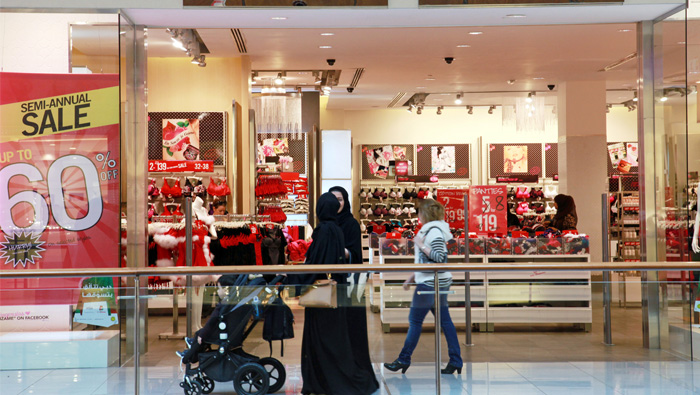
Muscat: Economic growth of Gulf Cooperation Countries is forecast at 2.5 per cent in 2016, reflecting mainly the developments in the global oil market and the impact of fiscal corrective measures. In 2017, the growth rate of this group is estimated to recover to 2.6 per cent supported by the likely increase in international crude oil prices, according to a report on Arab economic outlook released by Arab Monetary Fund. Gulf Cooperation Council (GCC) countries resorted to maintaining public spending at levels supportive of economic growth with a focus on achieving fiscal sustainability. Other Arab oil-exporting countries are projected to grow by 3.8 per cent in 2016 and 6.7 per cent in 2017, provided that a relative improvement in internal conditions is achieved over the concerned period. Needless to say that expected high growth rates of this group reflect the lower base of growth in the previous years. The report said that the uneven performance is still to remain between different groups of Arab countries. “Arab oil-exporting countries are expected to record low pace of economic growth in 2016 and 2017 compared to Arab-oil importing countries which are expected to grow at a faster pace,” noted the report. The macroeconomic performance of Arab countries has been affected in 2015 by the persisting sluggish recovery of the world economy and international trade, as well as lower commodity prices, notably oil, whose prices in 2015 was 49 per cent lower than that recorded in the previous year. Economic growth rate of the Arab economies as a group is estimated to reach 3.2 per cent in 2015. The Arab Economic Outlook report, expects the growth rate of Arab oil-exporting countries to reach 2.6 per cent in 2016, and to recover to 3.1 per cent in 2017. On the other hand, Arab oil-importing economies are expected to grow at a high pace of 3.8 per cent in 2016 and 4.3 per cent in 2017, in line with expectations of gradual improvement in domestic conditions and the recovery of key economic sectors due to anticipated better performance of global economy and international trade. Furthermore, these countries will also benefit from the implementation of economic reforms aiming at increasing productivity and enhancing competitiveness. In 2016, the growth rate of Arab countries is expected to be affected by global economic environment and the internal conditions in some Arab countries, as well as the impact of fiscal reforms. However, the rapid pace of growth of Arab oil-importing countries will relatively alleviate part of the negative consequences of the aforementioned factors on the growth of Arab countries as group which is expected to reach 2.8 per cent in 2016, before recovering to 3.1 per cent in 2017, amid expectations of partial recovery of oil prices and global economy. With respect to inflation forecasts, inflation rate for Arab countries as a group declined to 6.5 per cent in 2015 compared to 8.1 per cent in 2014. The AMF report referred to a group of factors that affected domestic price levels in Arab countries in 2015. On top of these factors, the decline in imported inflation either due to lower international oil prices or as a result of the appreciation of the United States dollar against some other major currencies, in addition to the impact of lower economic growth and tightening of monetary policy in some Arab countries. In 2016, the report indicated that the inflation rate for Arab countries as a group to rise to 7.4 per cent in 2016, reflecting the inflationary pressures resulted from the ongoing governments’ efforts to reform subsidy systems. In addition to the expectations of increased inflation rates augmented by demand pull factors, due to the expected rise in wages and salaries in some Arab countries. The shortage in the supply side for goods and services in some Arab countries that witness internal developments will be reflected on the domestic price level in these countries. Furthermore, some Arab countries will witness inflationary pressures due to the depreciation of their local currencies. These circumstances could increase the pass through effect of local currencies depreciation to the domestic prices. The decline in oil prices combined with the reduction in investment expenditure would lessen inflationary pressures in a number of Arab countries this year. In 2017, inflation rate in the Arab countries as a group is expected to rise to about 8.1 per cent in light of the anticipated relative increase in the global prices of oil and basic commodities, due to the expected improvement in global economic performance.